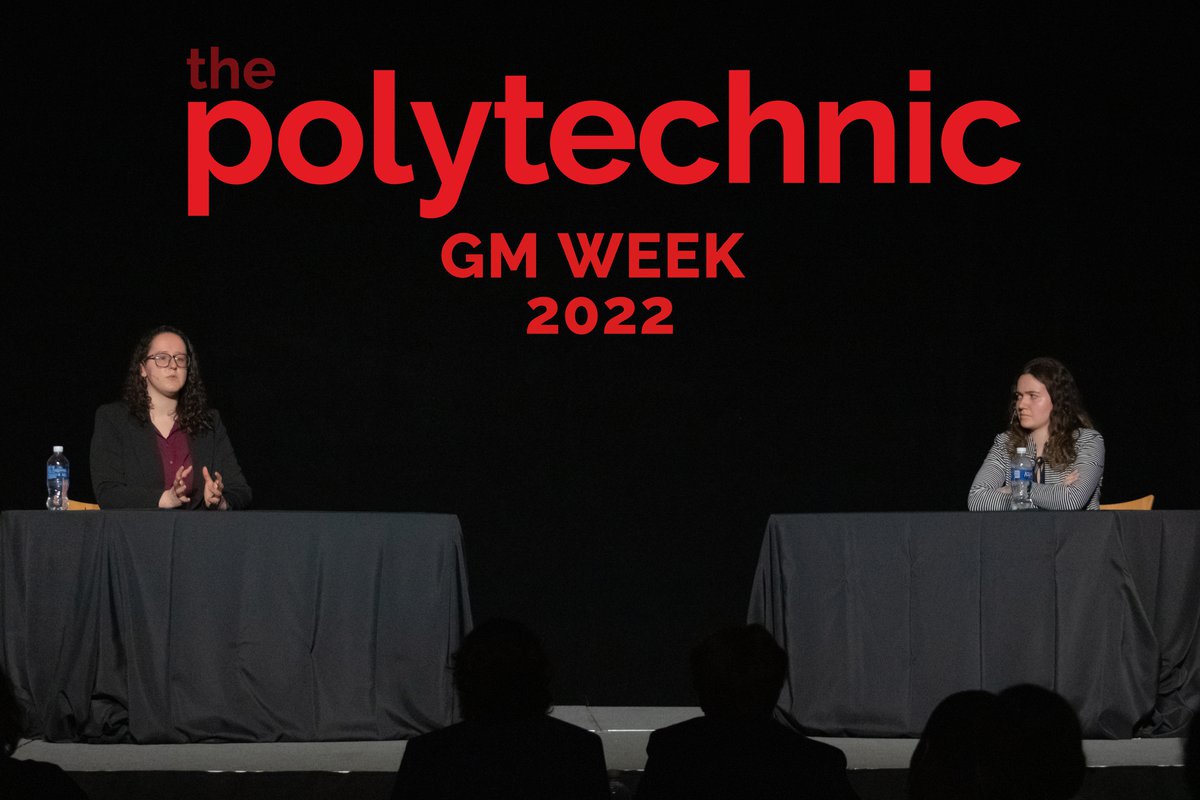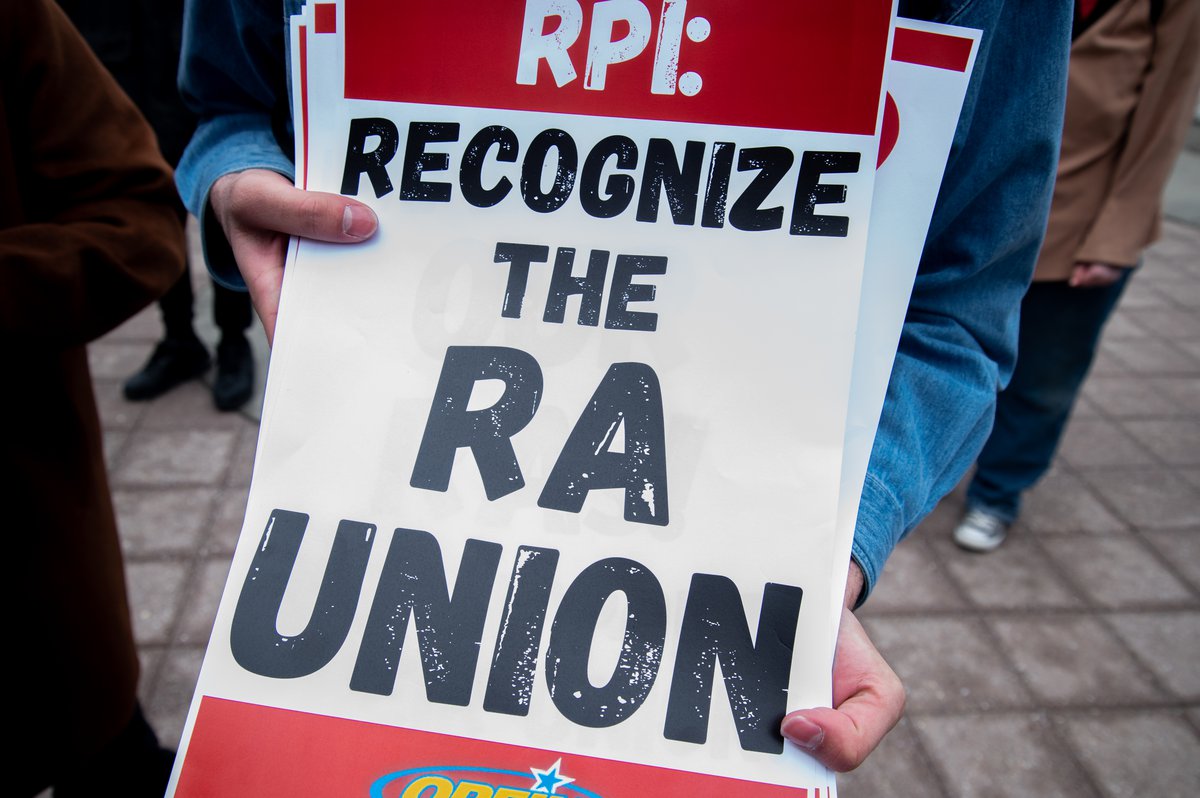Goals for the future: an interview with President Schmidt
The Polytechnic interviewed President Martin Schmidt ’81 to discuss goals for the future.
What are your thoughts on sidewalk safety?
Schmidt replied there is action being done. “There are a couple of crosswalks on campus which as I’ve come to appreciate there’s been concern about the safety of them: 8th street, near the approach, up near Burdett. So we are engaged in conversation with the city, and I think we’ve made some progress with those conversations that will allow us to do more with safety in those crosswalks.”
What are the plans regarding the shuttles?
Schmidt acknowledged some challenges with the shuttles. One problem is “getting our own shuttles because of supply chain issues…especially with the pandemic, there’s also a challenge with qualified drivers.” He mentioned the Rensselaer Community for Open Source “is a real opportunity for us to try to figure out what the pain points are with the shuttles.”
Were there any notable takeaways from the Listening and Learning phase?
Schmidt pointed to the inaugural and the Fall town hall for more information, but mentioned the “tremendous appetite and interest in innovating and education.” He gave an example of MIT coming to RPI for help on how to teach. Moreover, he emphasized how unique RPI is with its education, like how there is no other CRAVE lab out there.
What do you hope to accomplish in six months? A year? Five years?
“I feel like I’m over the bulk of the listening and learning,” Schmidt said. He still wants to learn Greek life better by visiting their houses. He also wants to get “under the hood” of mental health.
After listening and learning, Schmidt would like to present a framework for going forward. Schmidt is concerned about four pillars: education, research, translation, and regional engagement; “weaved throughout is the intention to be an inclusive community.” He wants to gain feedback in the next few months and see if it makes for a good framework. If a consensus is made, Schmidt hopes to create a task force for each of the pillars. “I’d love to have a group of people mind [their pillar] and shape it more…I’ll want to engage with them in that and give them some sense of what I heard from the community and what my own views are, but do that in a way that has opportunities for community engagement.” Schmidt explained engagement as holding meetings where those outside the task force could present their thoughts. By the end of the Fall 2023, Schmidt hopes to have a document of the next decade’s plan. Schmidt stressed the importance of reflecting on this document over time, especially when it comes to community engagement.
Do you have any comments about the Arch?
Schmidt reflected that he has heard it come up in “good and challenging ways.” He explained that the purpose of the Arch, when done right, has “exactly the intended outcome.” He also acknowledged challenges: seeking exemptions, finding meaningful engagements, and doing three semesters in a row. One challenge is outside Rensselaer: Schmidt wants to create more opportunities for Arch by having companies understand the purpose of a longer internship. “I’ve asked Vice President Peter Konwerski to work with the rest of the leadership to figure out what are the pain points.”
Do you have any current, tangible priorities?
Schmidt said there may be some opportunities in distance education but clarified that coming up with the framework is his biggest priority. “We have this organization at Hartford…and I think connecting them to opportunities that faculty departments and schools here might have, I’d love to see us explore this.” Schmidt also mentioned other facilities like Lake George, Mount Cyanine, and Brooklyn. He said all of these centers can be grown, “keeping them moving and expanding them as much as we can.” Schmidt also mentioned the Future of Computing Institute and how there is an effort to get companies to contribute to the institute. “Maybe most pressing,” Schmidt started, “is how do we ensure that the capital region, including RPI, benefits from the [CHIPS and Science Act]?”
What is one thing you find satisfactory about RPI? What is one thing you find unsatisfactory?
Schmidt acknowledged the RPI community: “what I see is people that are really passionate and excited about this institution.” He did not say anything was unsatisfactory, but rather there are challenges to overcome. “There is so much potential here…but we’re challenged in getting the resources to reach our full potential…What we have to do is identify the people that help us get there.”
How do you feel about how tuition is spent? Notably, on the salaries for administrators?
Schmidt answered, “We spend [money towards] advancing the mission of RPI. We don’t allocate our resources frivolously.” With regards to salaries, Schmidt responded, “I think it’s important that RPI be competitive so that we can attract the best people. I don’t think we necessarily want to search for bargains in terms of people…People should be compensated competitively throughout the board.” Schmidt noted, however, that it is also important that those hired do not just do it for the money, but are also “committed to the mission of the university.”
Where do you see RPI in the future?
Schmidt reflected that he had asked this question to others as well. One common response was to put RPI on the map. “Getting the recognition with the quality of the institution makes a lot of sense,” Schmidt commented. Moreover, Schmidt noted the population of New York is likely to grow. Schmidt added, “I’d like to think that people 40-50 years from now will say, ‘Well RPI is clearly the pre-eminent polytechnic in this region,’” comparable to Silicon Valley.
Could you go into detail about the Capital Renewal plan?
Schmidt shared that “we have many great buildings, the bones are great, but the infrastructure needs to be updated.” He compared Walker to some of the older buildings, indicating that there are possibilities in each building. Schmidt organized the plan as a three-step process: assess each building’s use, analyze if each building is fulfilling its purpose (and if not, how to renovate it or repurpose it), and then to prioritize and implement the renovations. “It’s when you prioritize what you’re to fix and where that you can pose questions, like ‘where are we most accessibility challenged and in what way…’ You have to look at it in all sorts of lenses as you develop this plan.” Schmidt added that the Capital Renewal Plan is not something that can just be done in a few weeks or months, but pressing issues will be resolved as they are observed.

 GM Week 2022
GM Week 2022
 Student Senate
Student Senate
 Student Activism
Student Activism